Mixed Twines
Mixed synthetic and jute twine has excellent qualities and practicality. It is used in agriculture, in post offices and at home. Twine also widely used in design and decorative purposes.
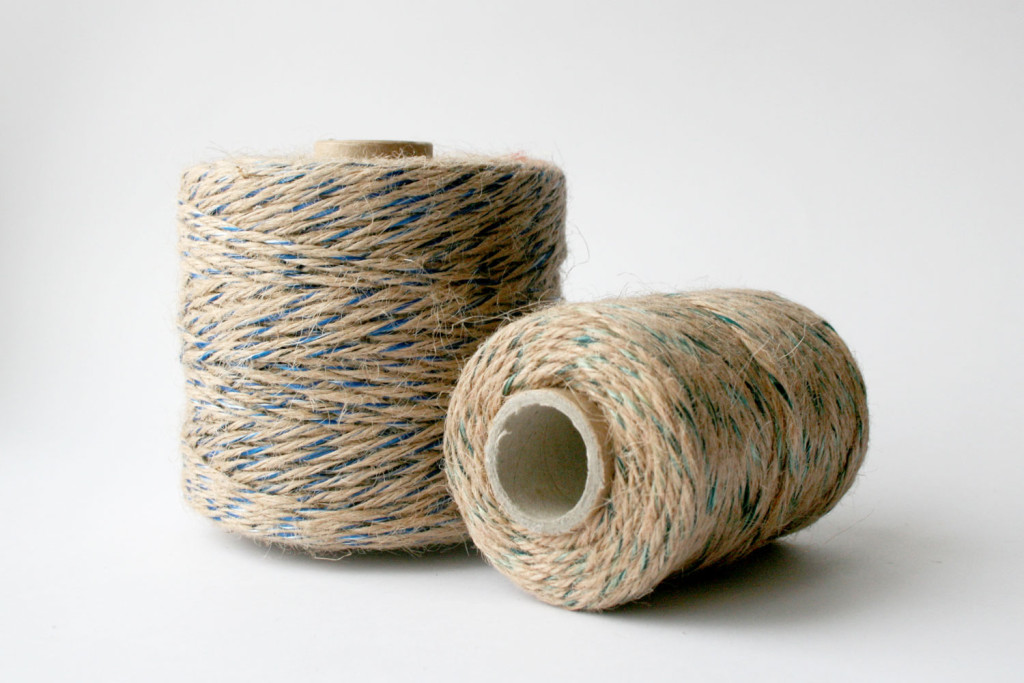
Mixed synthetic and cotton twine (food twine) is used for meat processing industry. This twine has obtained the non-food products sanitary certificate for food contact. It is intended to come to direct contact with liquid, acid and fatty food till 100 °C heat.
Packing: paper spools.
Standard packing on paper spools 0,1 kg; 0,3 kg; 1 kg; 1,5kg.
Other lengths, sizes and packing are on customer’s request.
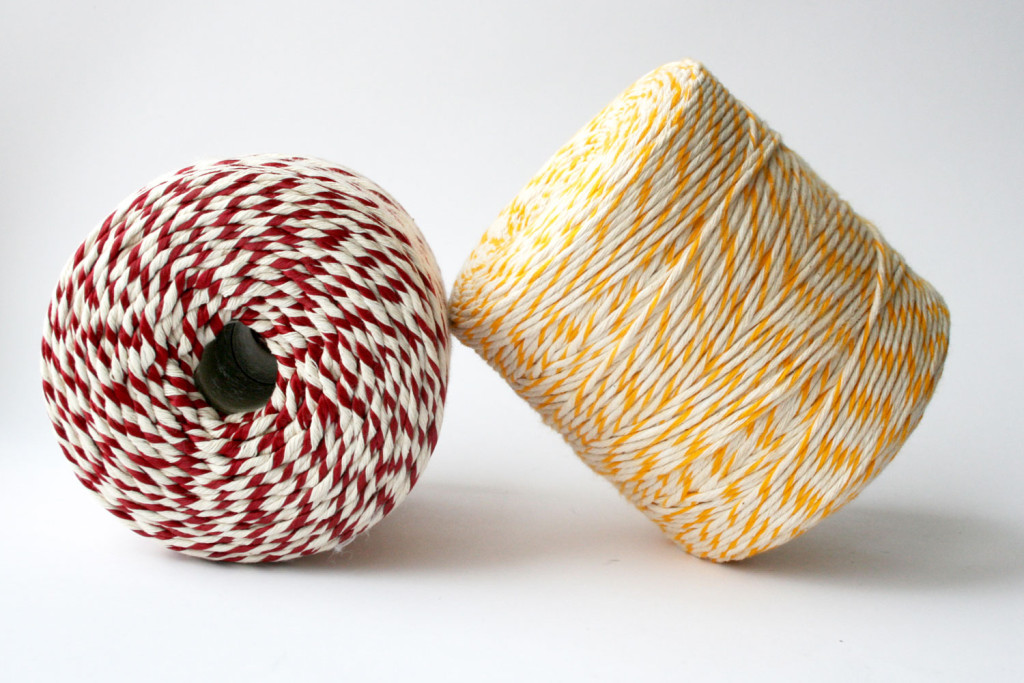
Synthetic twines
Twine is made from 100% polyamide, polyester, polypropylene multifilament and monofilament. The distinguishing features of synthetic twines are their high tenacity, UV and abrasion resistance.
The twines found their widely using in the marine transport, the fishery, the hobby, the gardening and construction as auxiliary twines. Twine is very soft and flexible that makes it easy to use.
Packing: paper spools.
Standard packing on paper spools is 0,1 kg; 0,3 kg; 0,5 kg; 1 kg.
Color and other lengths, sizes and packing are on customer’s request.
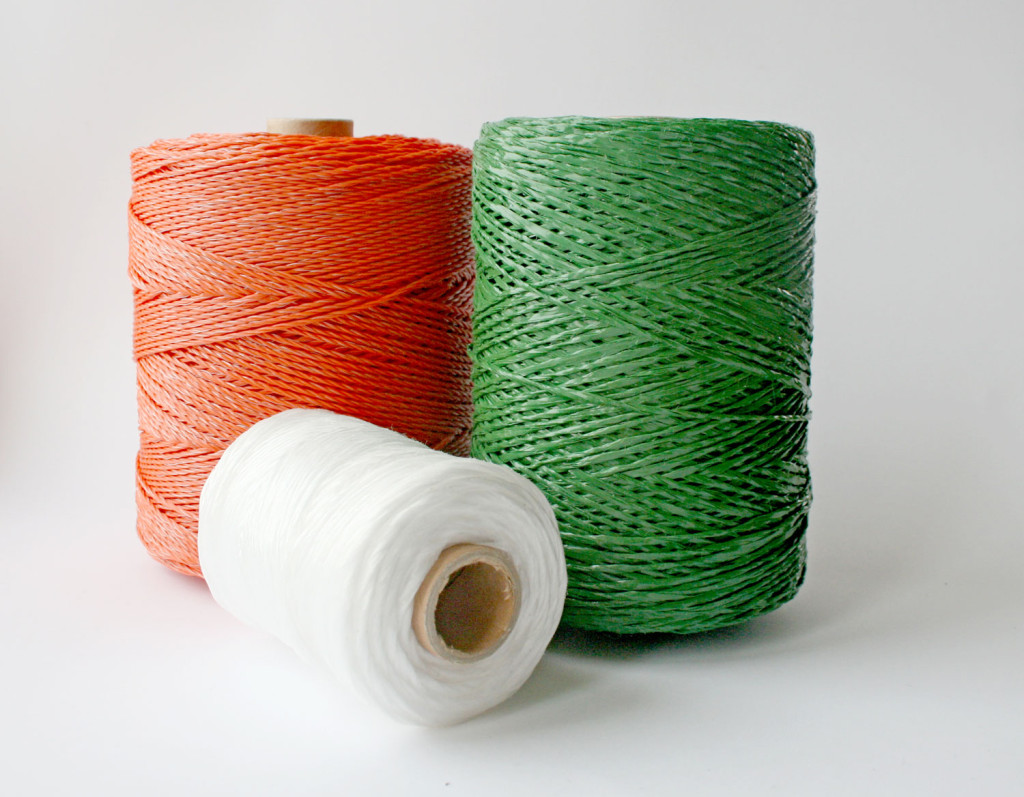
Natural fiber twines
Natural fiber twines are excellent packing and strapping material that can be used once or many times.
Structure: linen, jute, cotton or sisal.
Standard packaging: paper spools.
Standard length in pack: 0.1kg, 0.3kg, 0.5kg, 1.0kg.
Sizes and packing are on customer’s request.
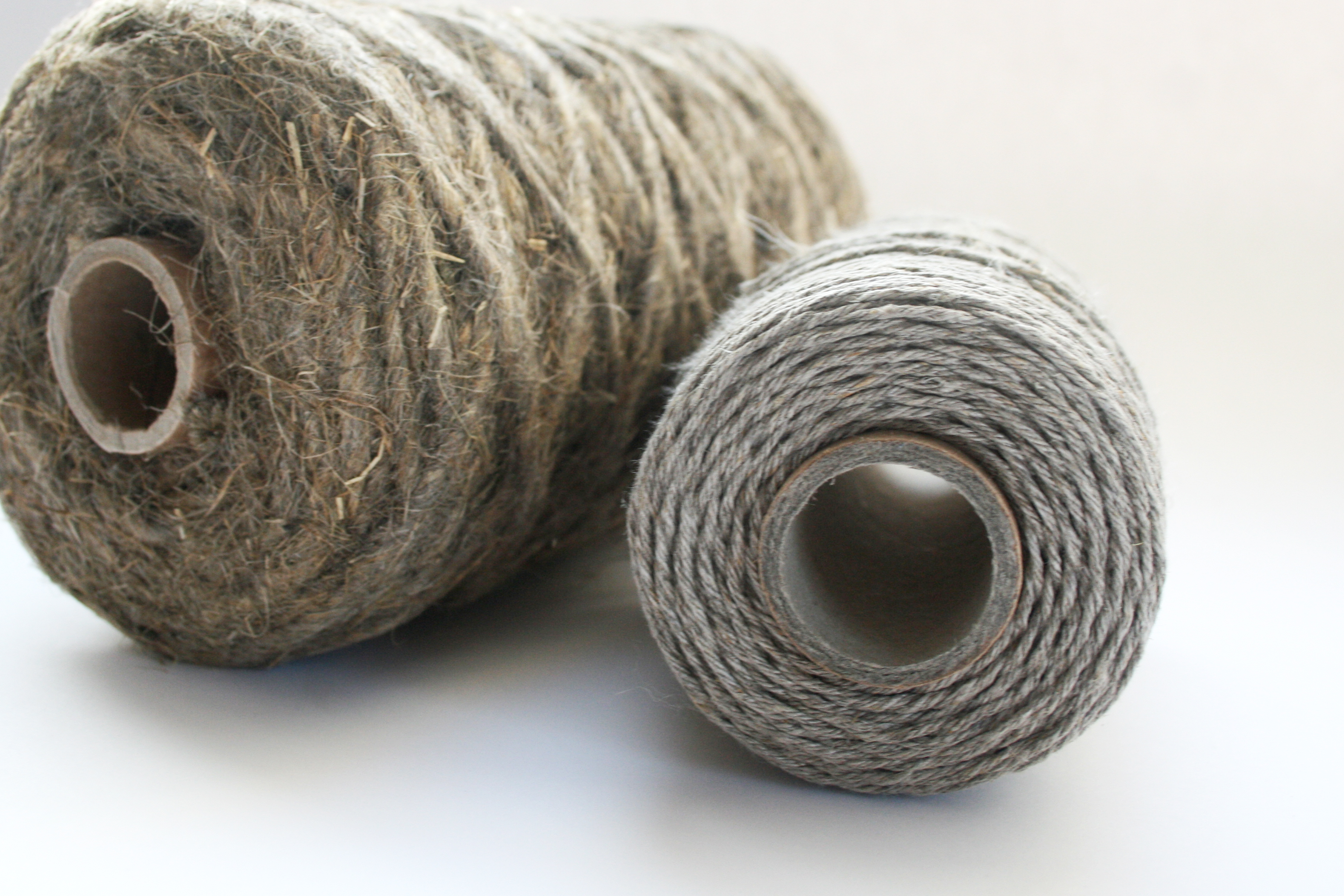
Polyamide fishing twine
Twisted fishing twine is made of 100% UV-stabilized and high-strength polyamide yarn.
Purpose of use: in the production of networks and other fishing gear.
Standard packaging: paper spools.
Standard length in pack: 1.7 kg.
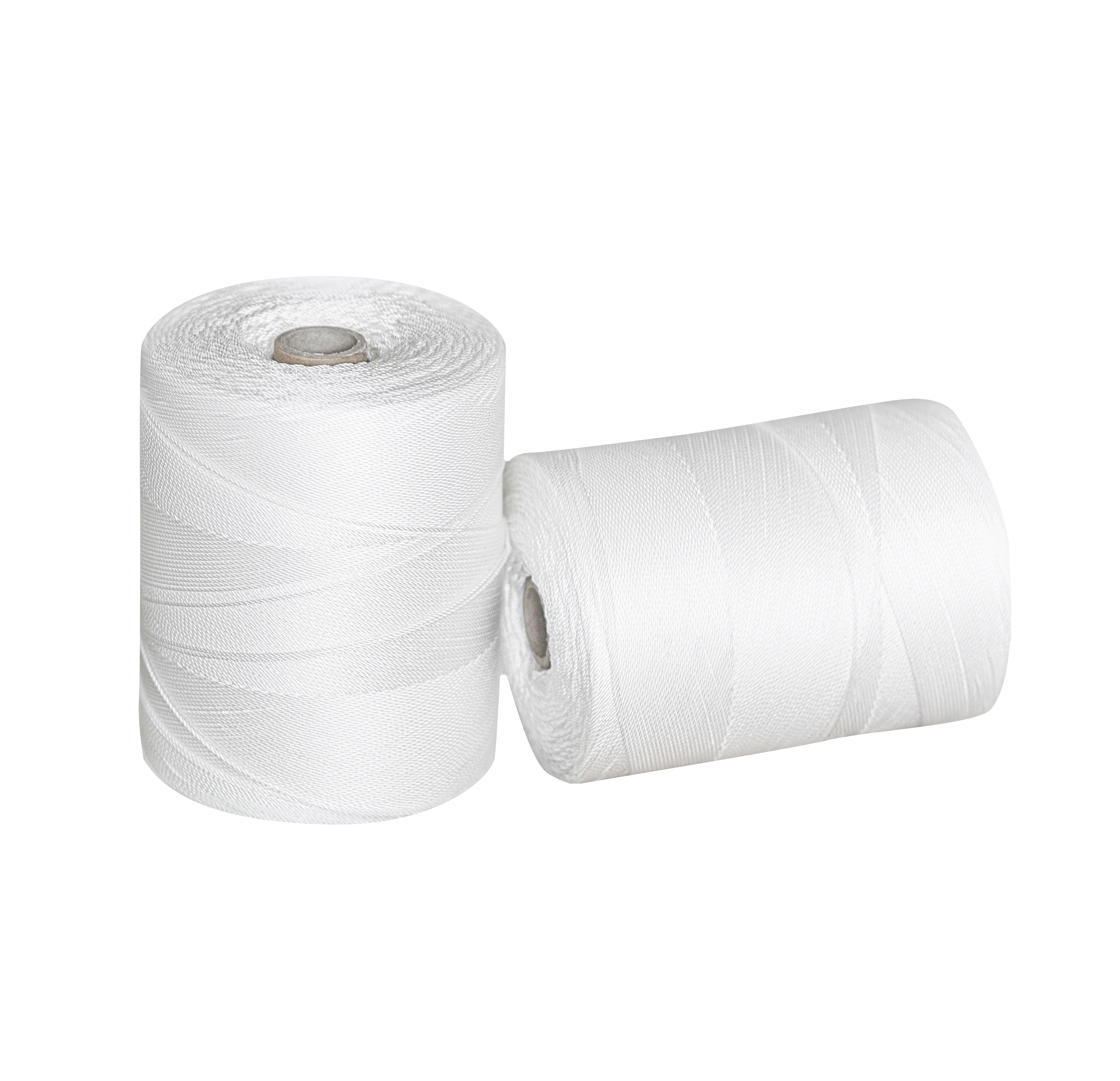
| Code of product | Breaking load, kg | Elongation at break, % |
|---|---|---|
| 210 / 4 | 21 | 26 |
| 210 / 6 | 33 | 28 |
| 210 / 8 | 42 | 30 |
| 210 / 10 | 52 | 33 |
| 210 / 12 | 61 | 33 |
| 210 / 14 | 70 | 33 |
| 210 / 16 | 80 | 34 |
| 210 / 18 | 91 | 34 |
| 210 / 20 | 100 | 34 |
| 210 / 24 | 124 | 34 |
| 210 / 32 | 165 | 35 |
| 210 / 48 | 241 | 36 |
| 210 / 60 | 300 | 36 |
| 210 / 64 | 310 | 36 |
| 210 / 80 | 365 | 36 |
Polyester fishing twine
Twisted fishing twine is made of 100% UV-stabilized and high-strength polyester yarn.
Purpose of use: in the production of networks and other fishing gear.
Standard packaging: paper spools.
Standard length in pack: 1.8 kg.
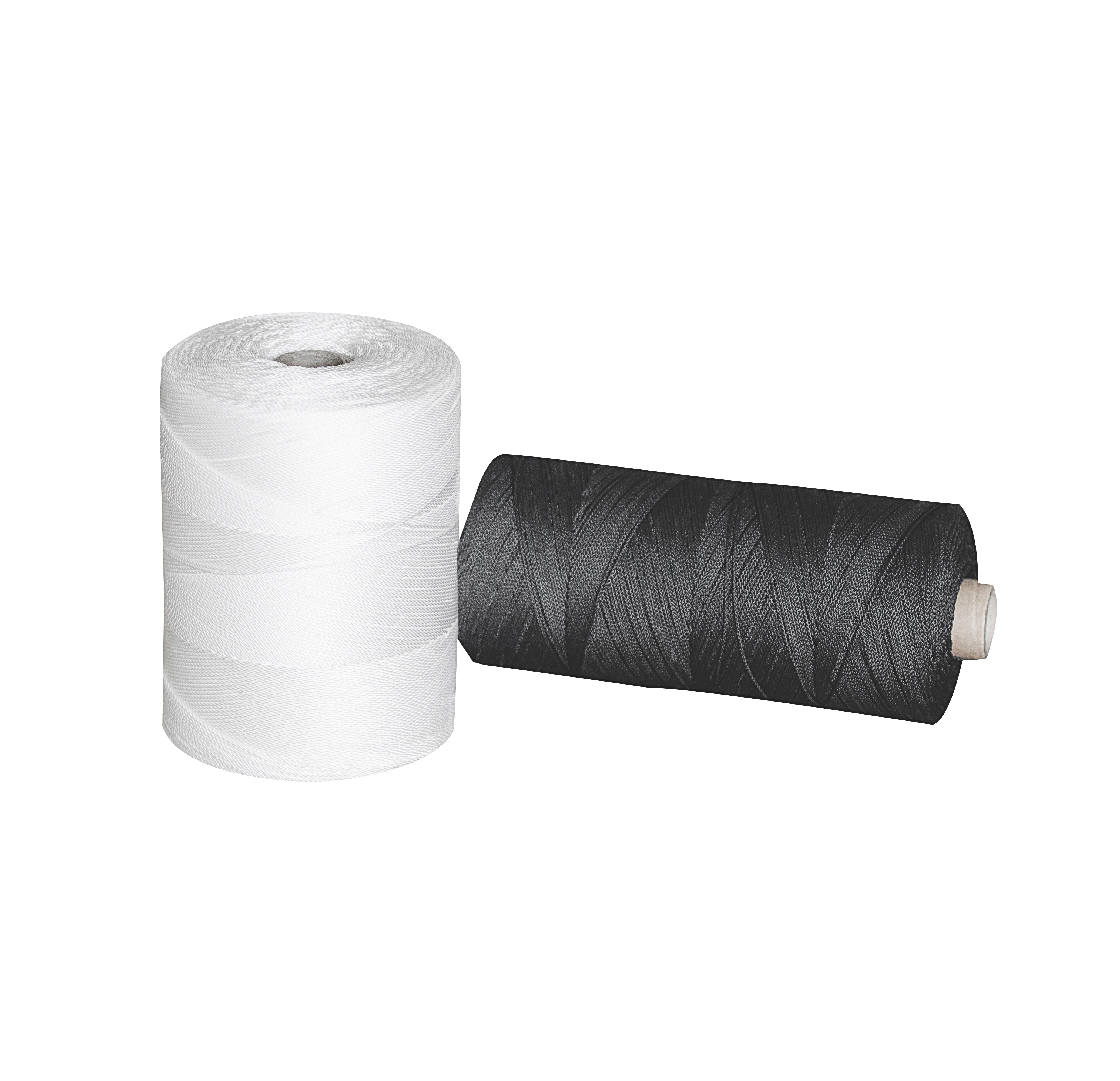
| Code of product | Breaking load, kg | Elongation at break, % |
|---|---|---|
| 250 / 6 | 30 | 17,5 |
| 250 / 8 | 40 | 18 |
| 250 / 10 | 48 | 18 |
| 250 / 16 | 90 | 20 |
| 250 / 20 | 120 | 21 |
What are twines used for?
Twine is a narrow fabric that is used in a variety of ways. It can be made of one material or several different types of material. The customers can choose the most appropriate twine for their needs depending on the project. There are natural fiber (linen, jute, cotton, sisal), mixed (synthetic mixed with jute or cotton), or synthetic (polyamide, polyester, polypropylene multifilament, monofilament) twine.
Twine can be used at home, work, agriculture, marine, food processing industry, and in any other industry that requires packing and strapping things.
For home or a craft project
Synthetic twine mixed with jute or cotton or natural fiber twine can be used in a variety of activities at home or a craft project: to knit, crochet, for rug-making, jewelry making, gift wrapping, do-it-yourself décor project, or any other activity there one needs to strap things together.
Gardening and agriculture
Twine of any kind can be used in gardening and agriculture depending on the strength that is needed. For light packing or eco-friendly use, the best option is twine made 100 % of natural fibers. The most common natural fiber used in gardening is made from jute because of its durability and cheapness.
Variety of industries
Industries that need to pack and strap packages or products all use a variety of different types of twine. From meat processing industry to marine transport, construction, or postal services.
Fishing
Fishermen usually uses synthetic twine made from polyamide, polyester, polypropylene multifilament, or monofilament for their flexibility and strength.
